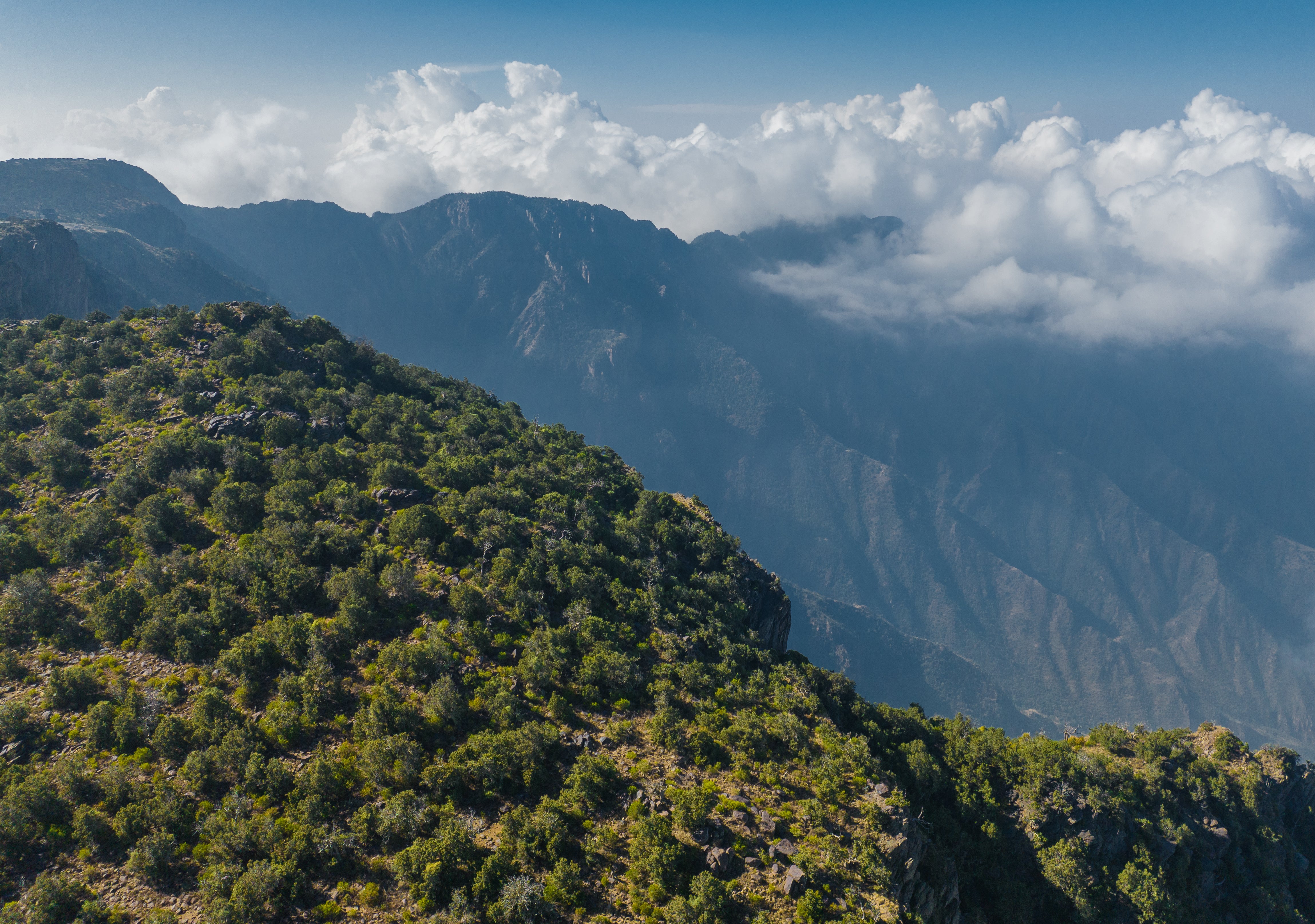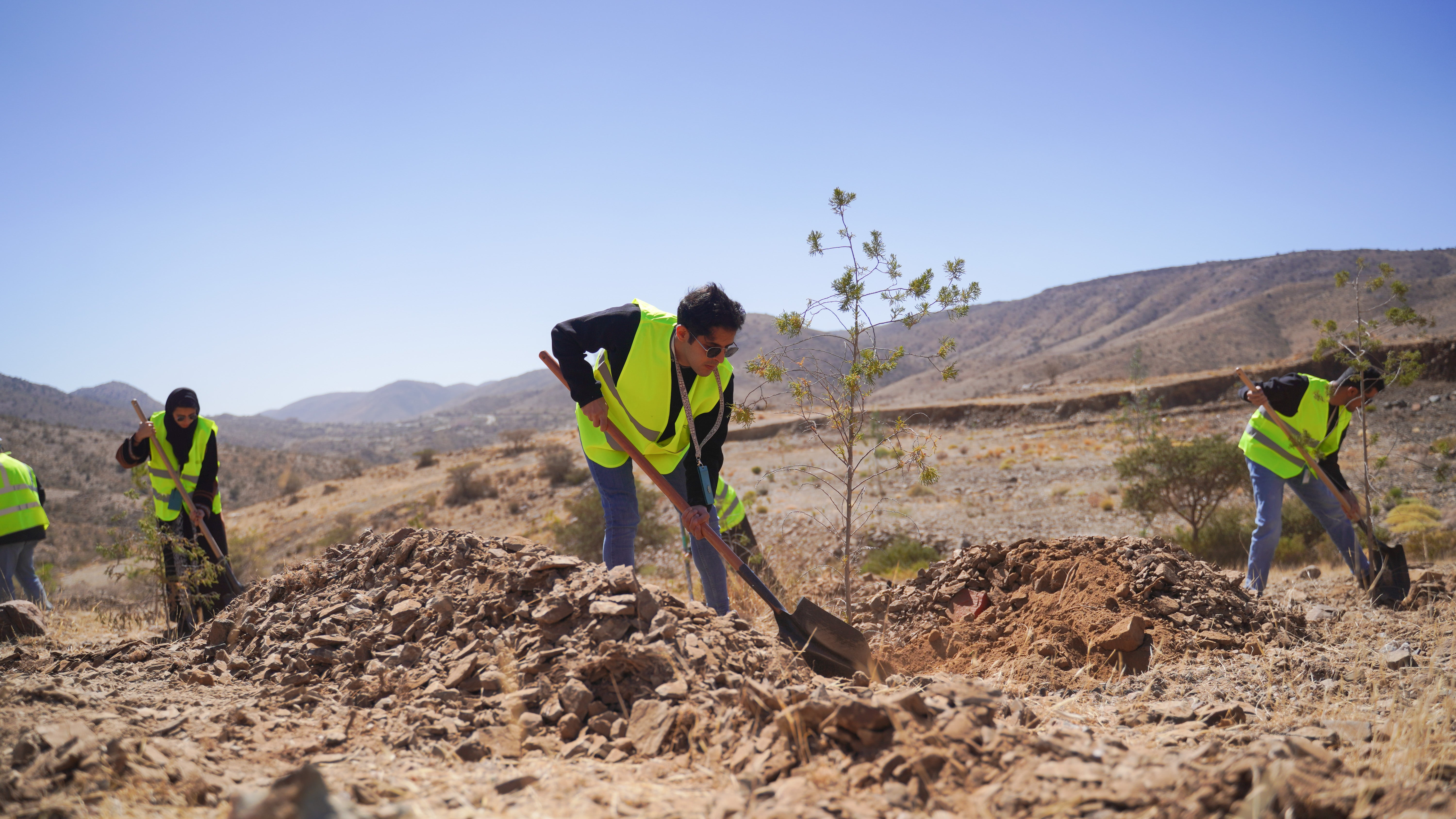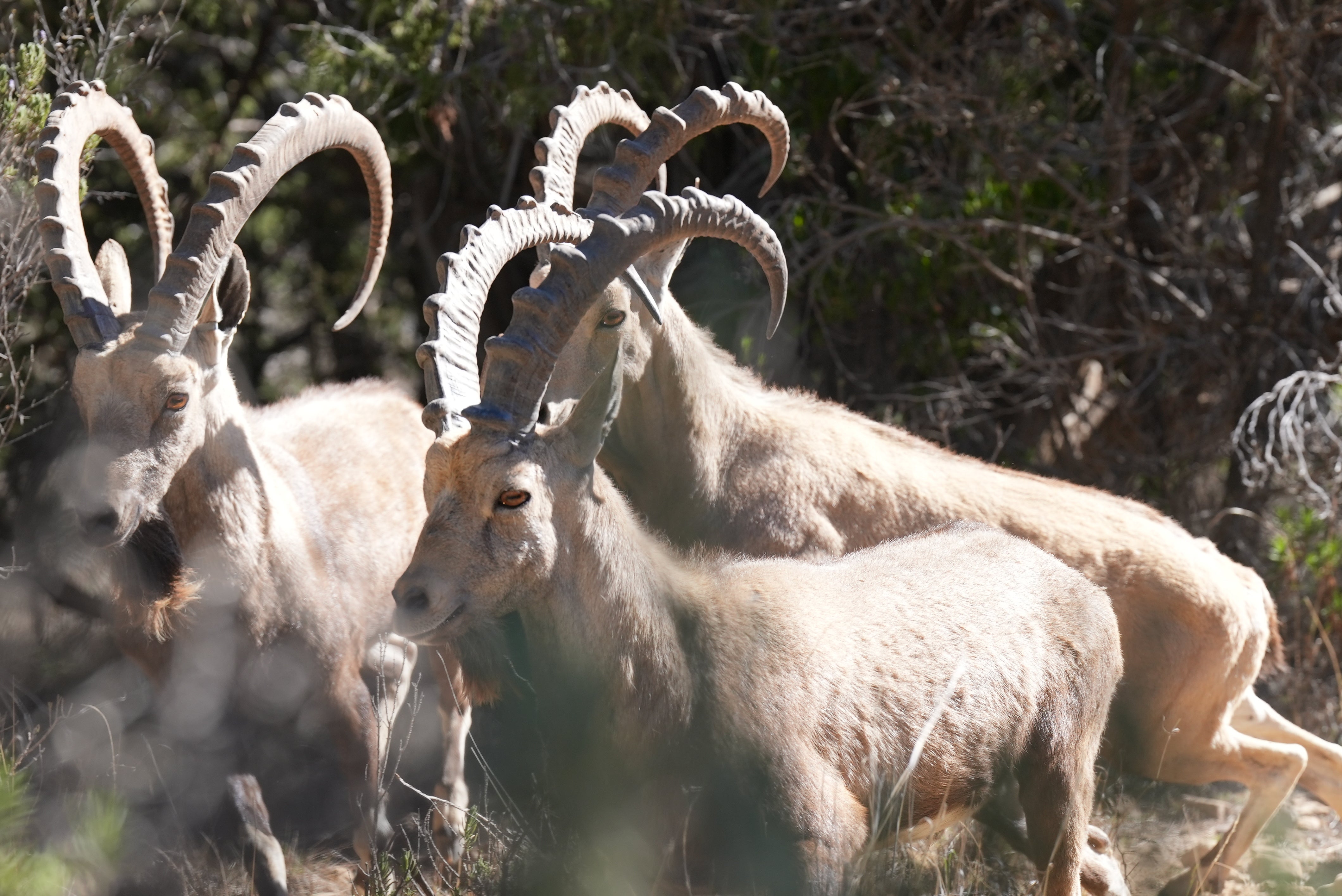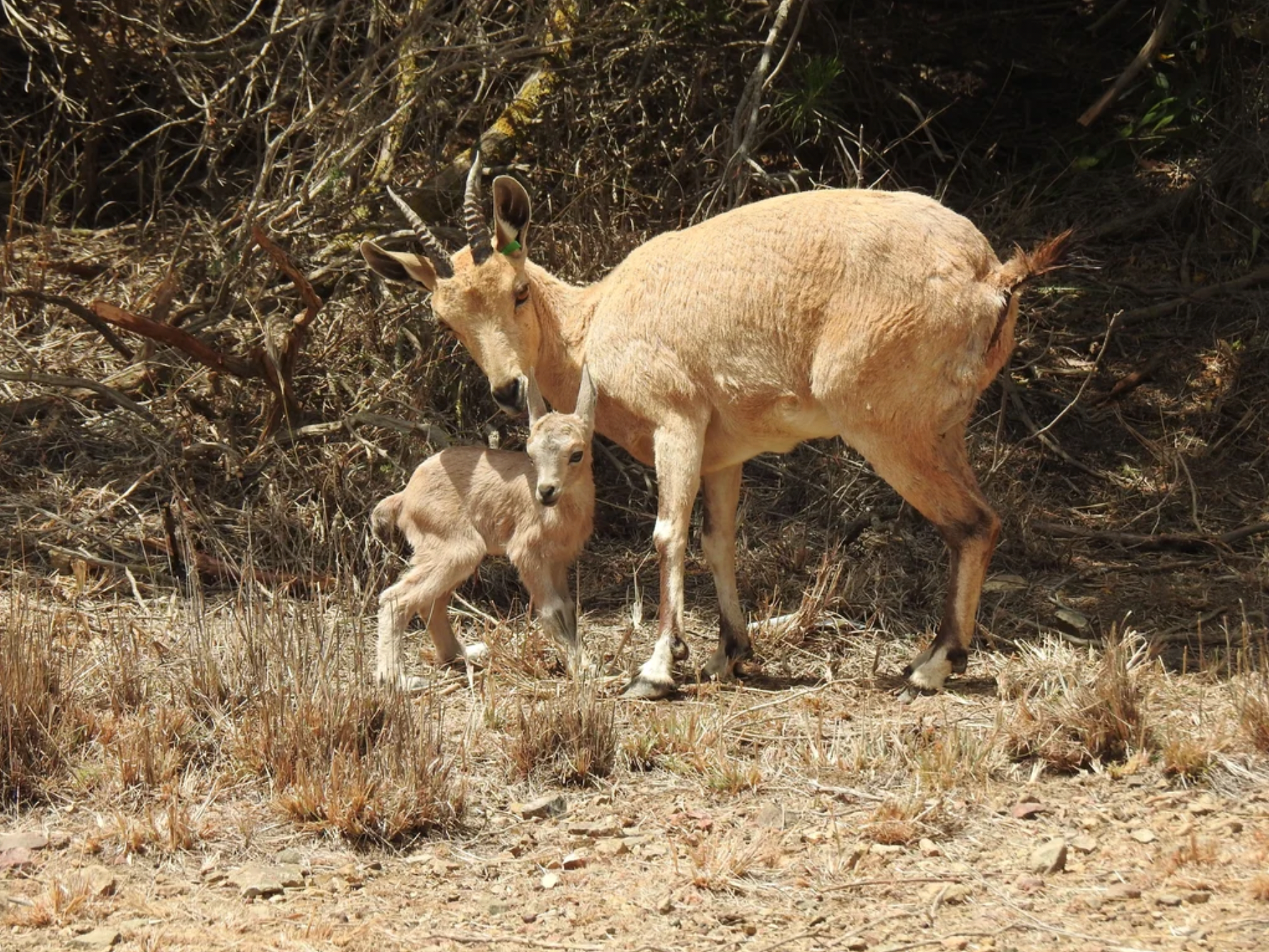A guide to Saudi Arabia’s nature reserves: the Soudah Mountains
We look at one of the Kingdom’s most unique natural areas, which showcases the country’s extraordinary diversity — and biodiversity.

The Soudah Mountains
Location: 42.3° longitude | 18.2° latitude. 480km south-east of Jeddah
Size: 636km2
Why it’s important
The ambition is to build an eco-luxury mountain tourism destination in Soudah and parts of Rijal Almaa in the Aseer region. By 2030, it is estimated that more than two million visitors per year will visit the region, contributing an estimated £6.8 billion to the Kingdom’s GDP.
The sustainability pledges of Soudah Development (SD) for the planned project received recognition from the United Nations. Soudah Development became the only Gulf developer to join the UN Mountain Partnership — a voluntary organisation of more than 400 global members committed to improving the lives of local communities and protecting mountain ecosystems.
The landscape being preserved
Images of Saudi Arabia tend to be dominated by the daunting deserts of the Rub’ al Khali, the Empty Quarter, which have bested kings, adventurers, and nomads for thousands of years. But, just 300km away from the desert’s most westerly point is Soudah, the most verdant and lush of the Saudi landscapes. With its cool mountain air, majestic juniper-covered mountains, wild nature and mist-cloaked valleys, the contrast couldn’t be more unexpected. This area is home to more than 500 plant species, such as rare aloe vera, acacias, wild olive trees and lavender fields — and last year, efforts began to plant more than one million trees by 2030.

The wildlife being protected
Magnificently horned ibex, the shy caracal (a species relation of the lynx), hamadryas baboons, striped hyenas and Arabian wolves roam the mountain wilderness.

An original herd of 15 captive-bred ibex has now grown to 23, all of which are currently thriving in a natural enclosure. They will be released into the wild at the end of the year, where their progress will be monitored. There are plans to consider introducing mountain gazelles and other groups of ibex next to re-establish self-sustaining populations of these ungulates in the Soudah Mountains
The area is home to more than 140 species of birds. Here Bonelli’s Eagles, Long-legged Buzzards and steppe eagles cruise the air currents. Of the 16 Arabian endemic species of birds, 14 types are found here including the Arabian Woodpecker, which is facing a high risk of extinction. Migratory birds also regularly pass through including tiny bee-eaters, swallows, swifts, shrikes, buntings, wheatears, wagtails and warblers on their way between Africa and central Asia.

Ecotourism highlights
Hiking trails run through the valleys dotted with little villages, plus there are mountain-bike and horse-riding tours, paragliding trips and 60 campsites.
A green viewpoint
A cable car runs close to the top of Jabal Tahlal — the highest peak in Saudi at 3,015 metres, with views that stretch off over the lush valleys and mountains. There’s a wealth of ancient architecture from which to view the area including mosques and minarets to watchtowers, mountain forts and the 900-year old village of Rijal Almaa.
To find out more about the Saudi Green Initiative, visit greeninitiatives.gov.sa/about-sgi/
